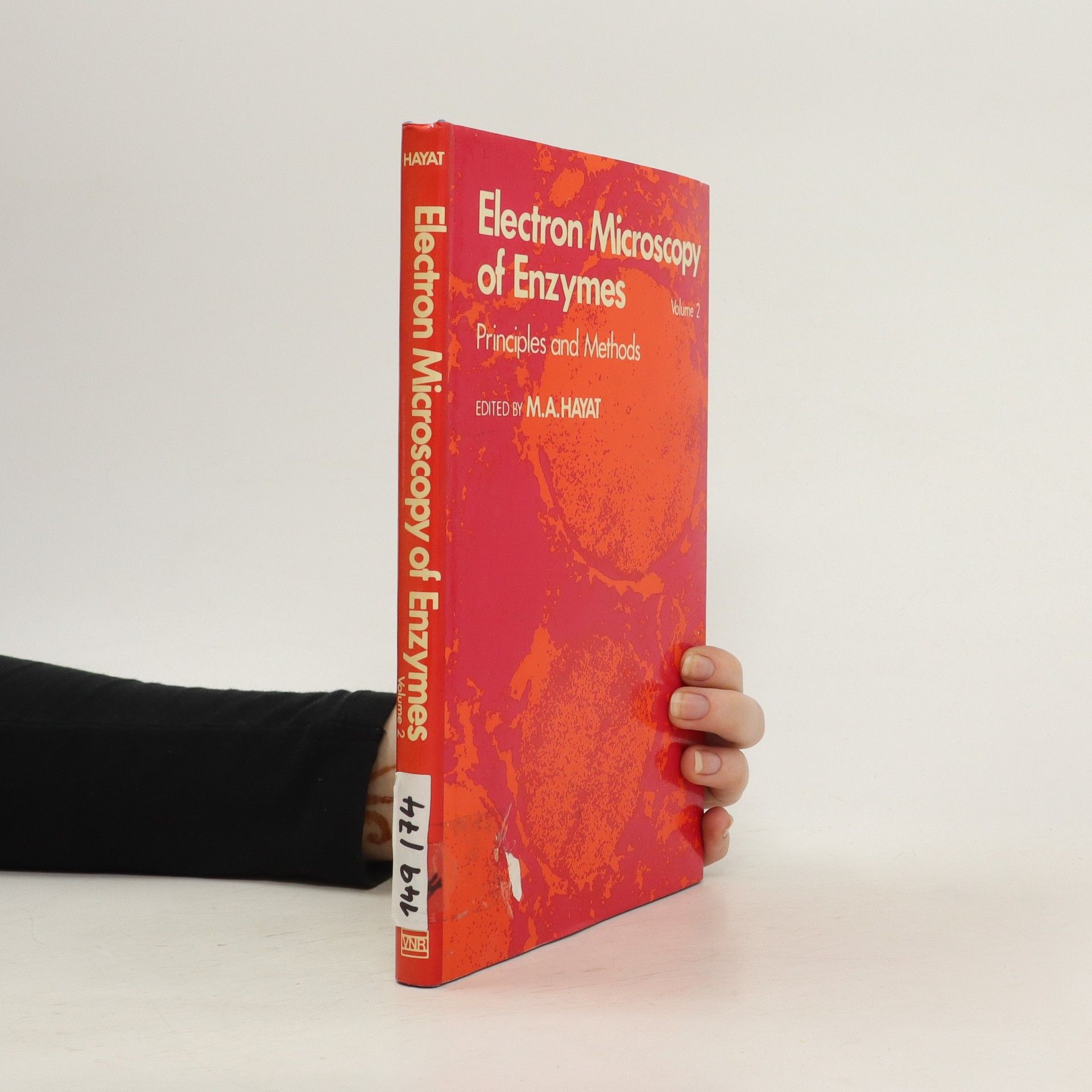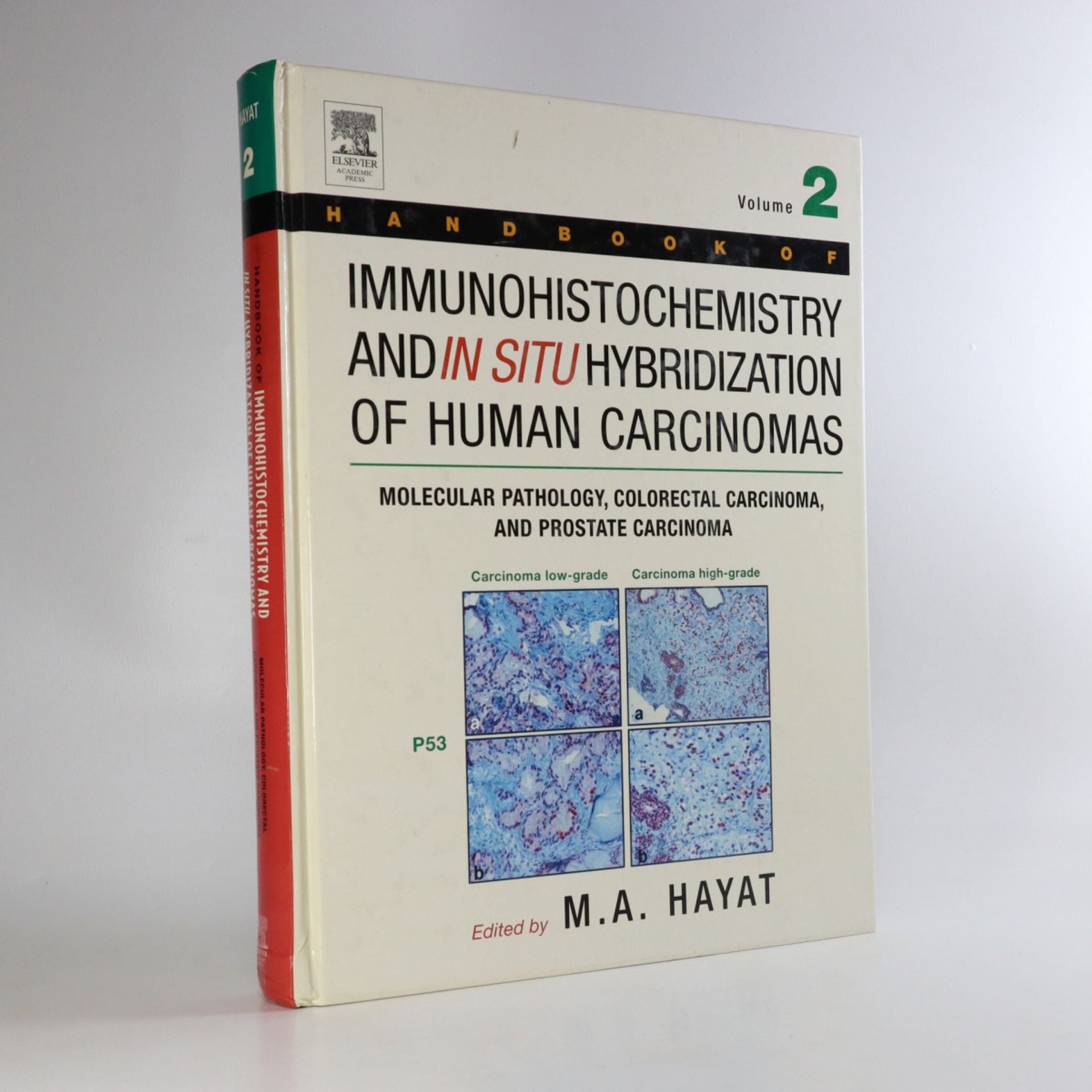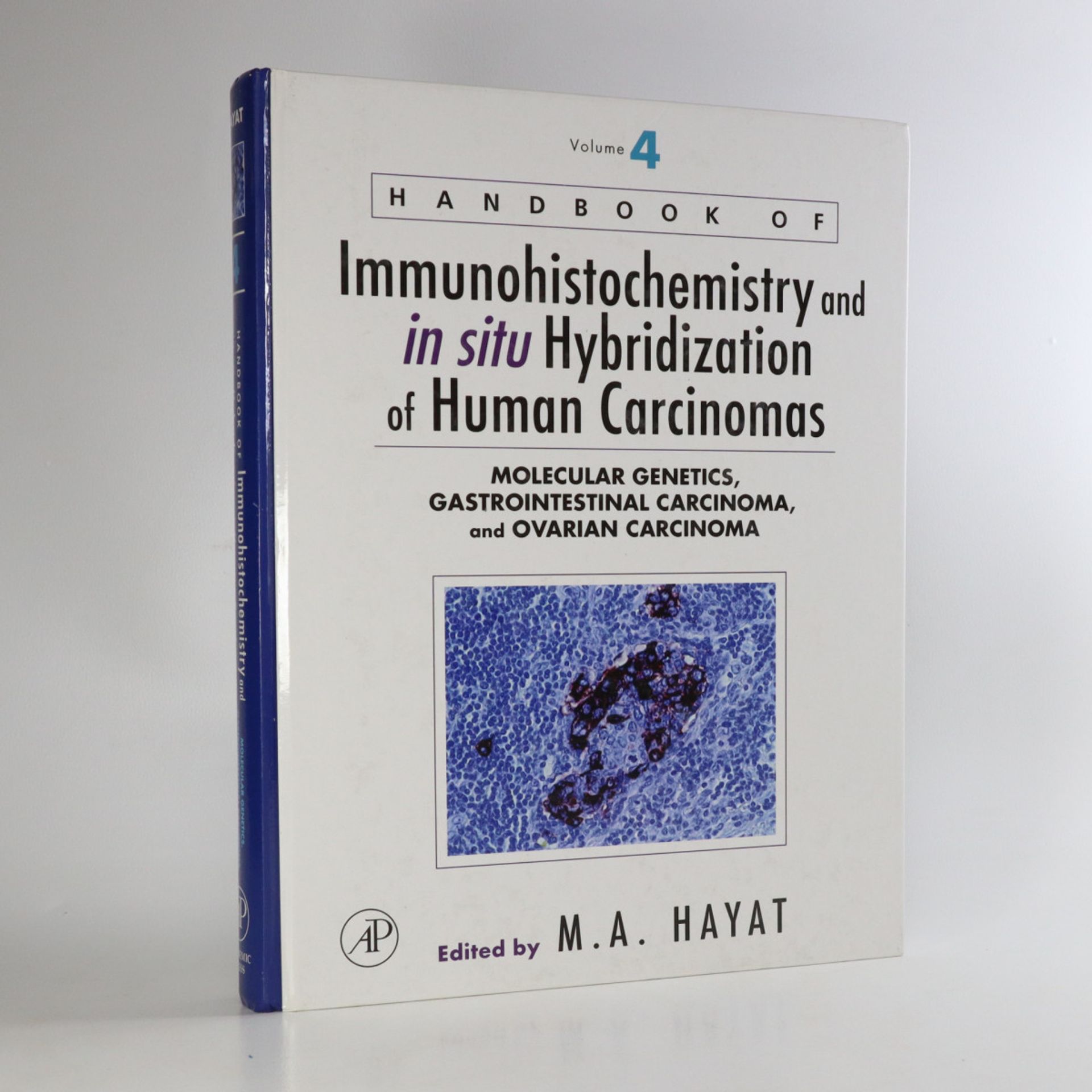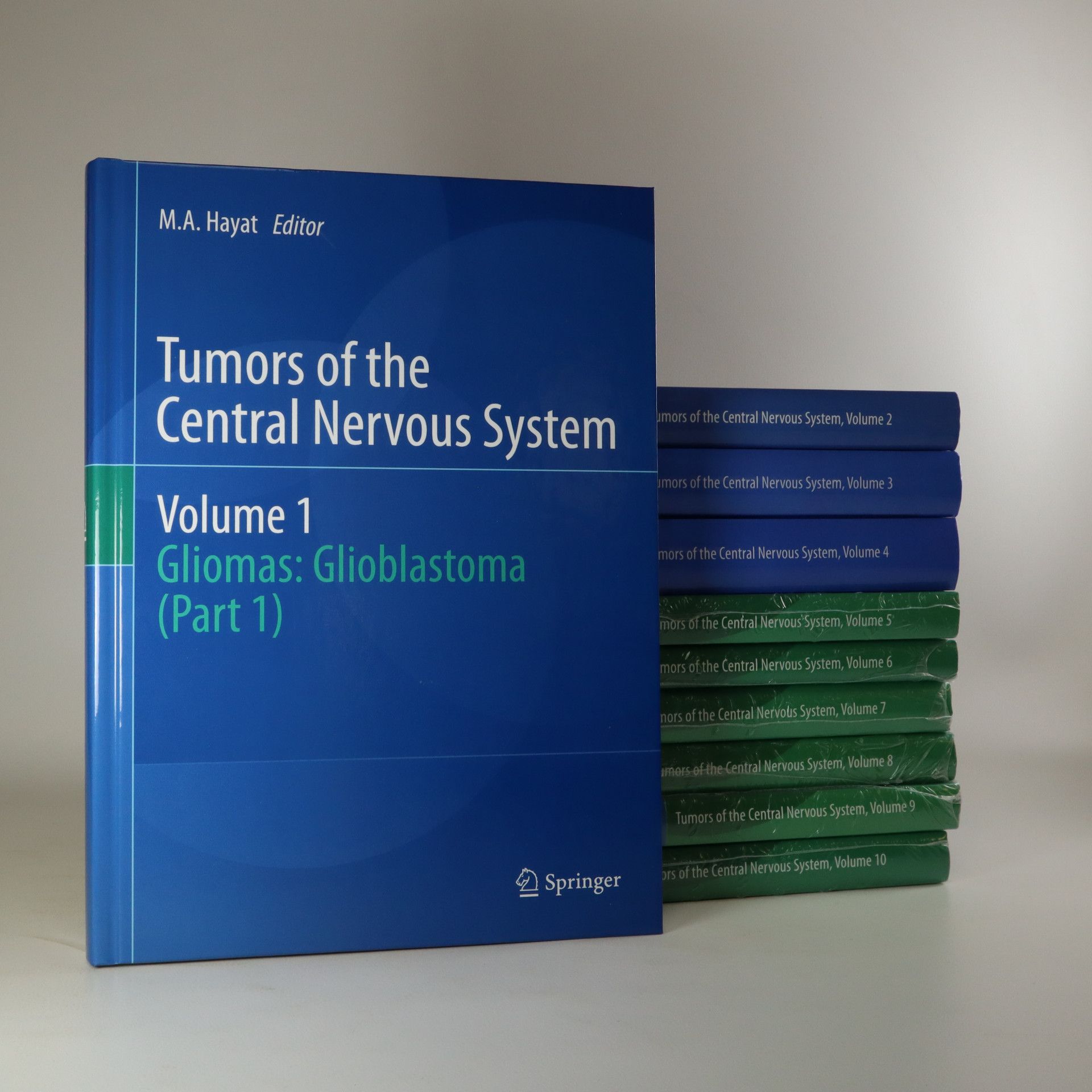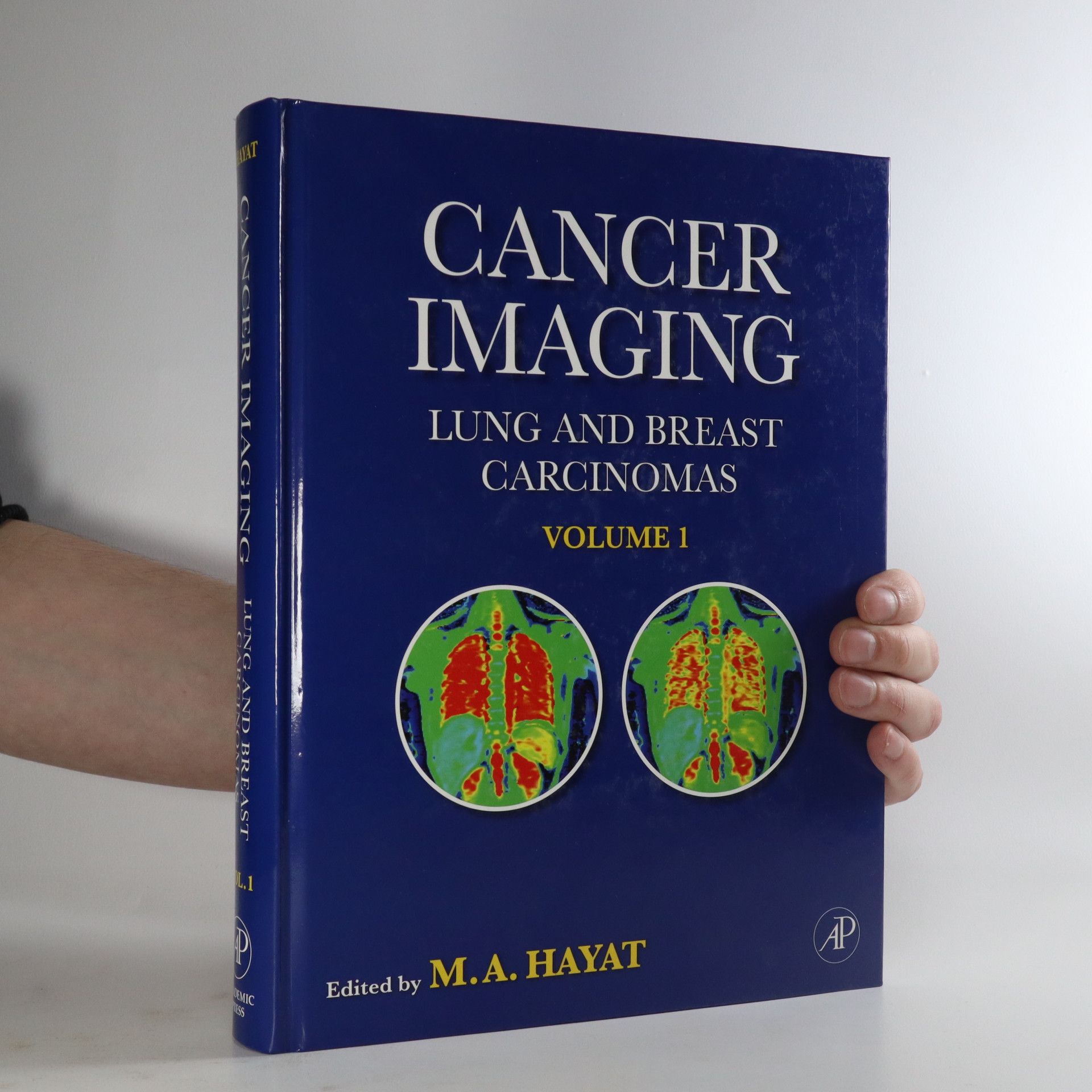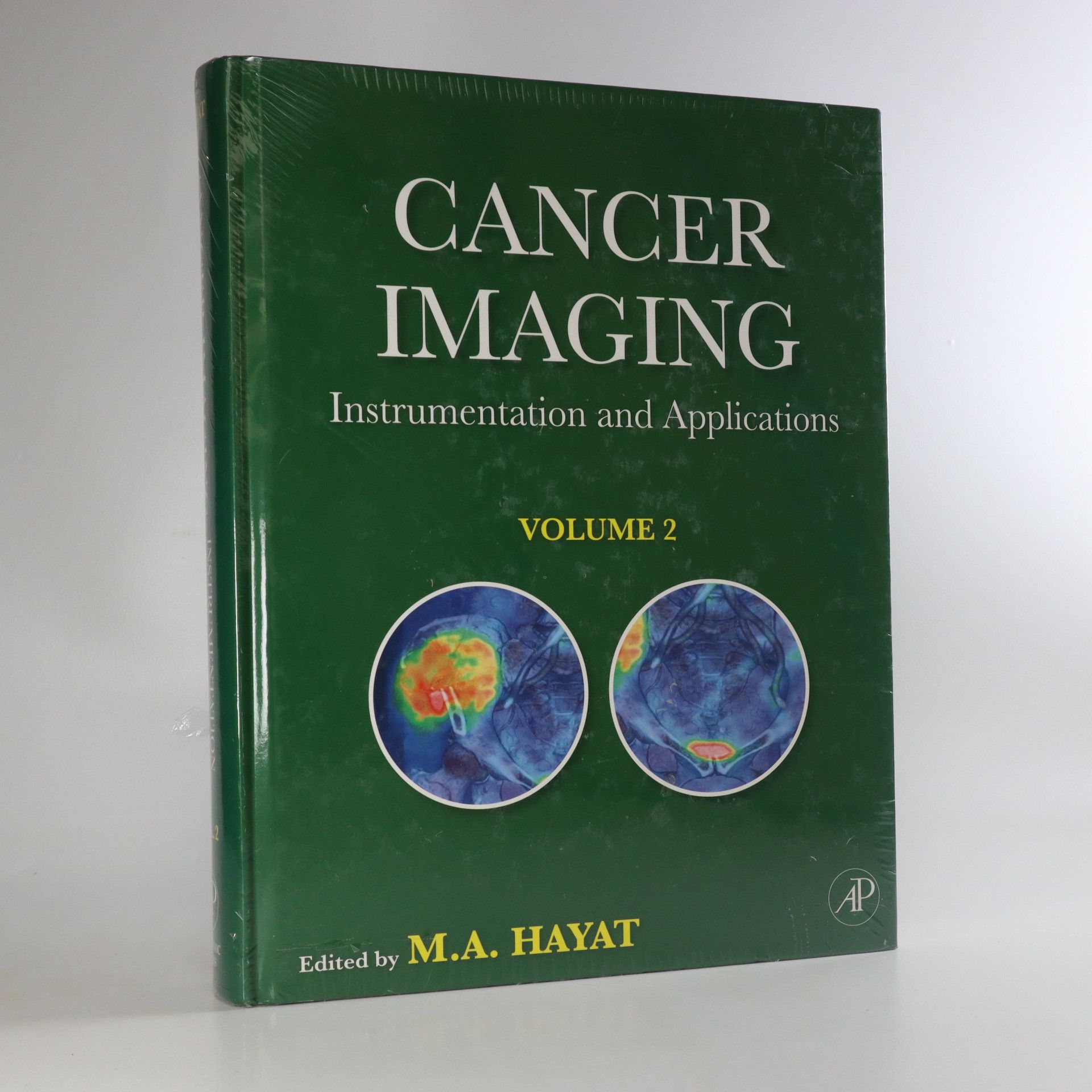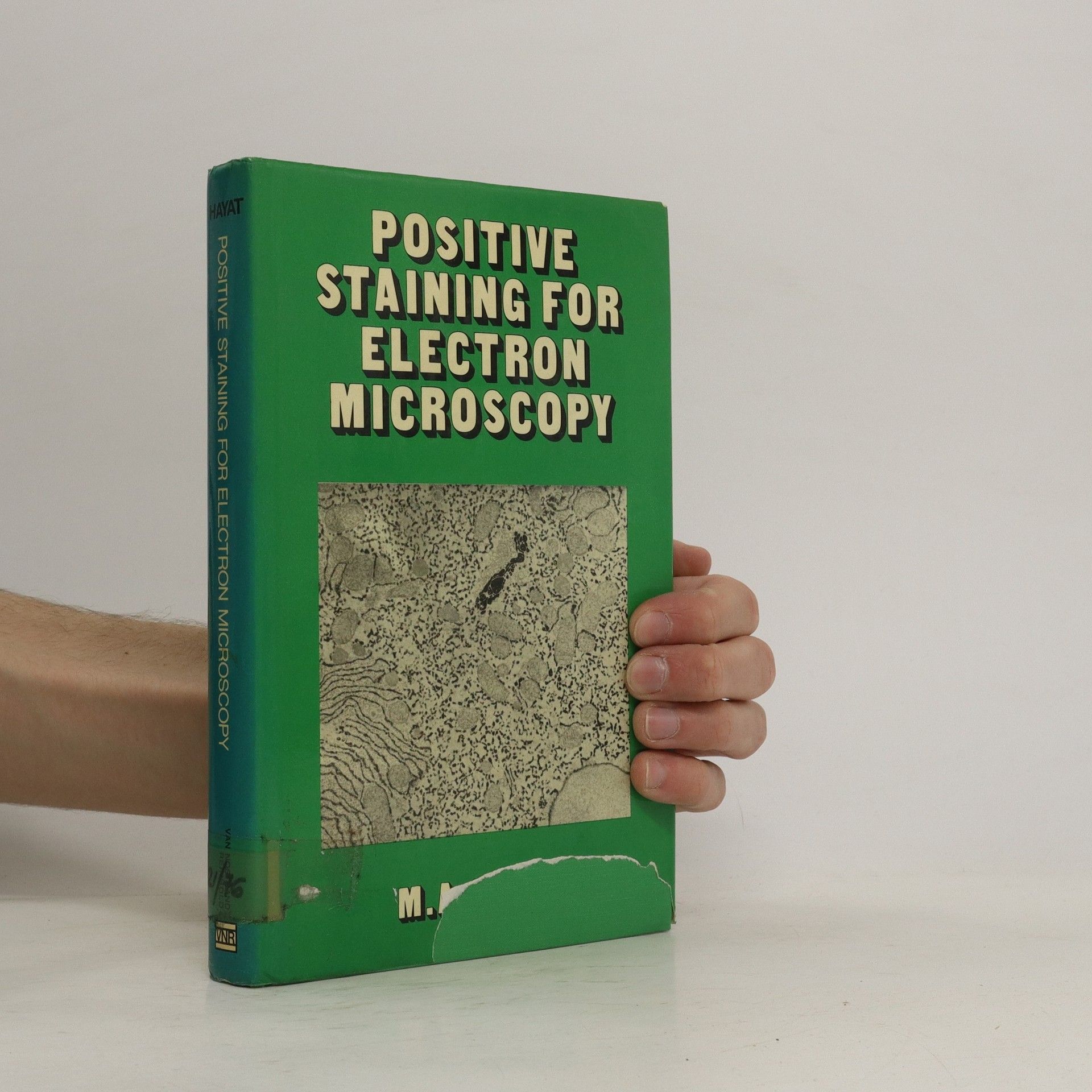Microscopy, Immunohistochemistry, and Antigen Retrieval Methods
For Light and Electron Microscopy
- 384 pages
- 14 hours of reading
Focusing on the intersection of chemistry and biology, this book explores histochemistry, which examines the chemical activities within cells, and immunohistochemistry, which investigates the roles of various cell types in tissues or organs. Key topics include the mechanisms behind graft acceptance and rejection, highlighting the importance of these processes in medical science and organ transplantation.
